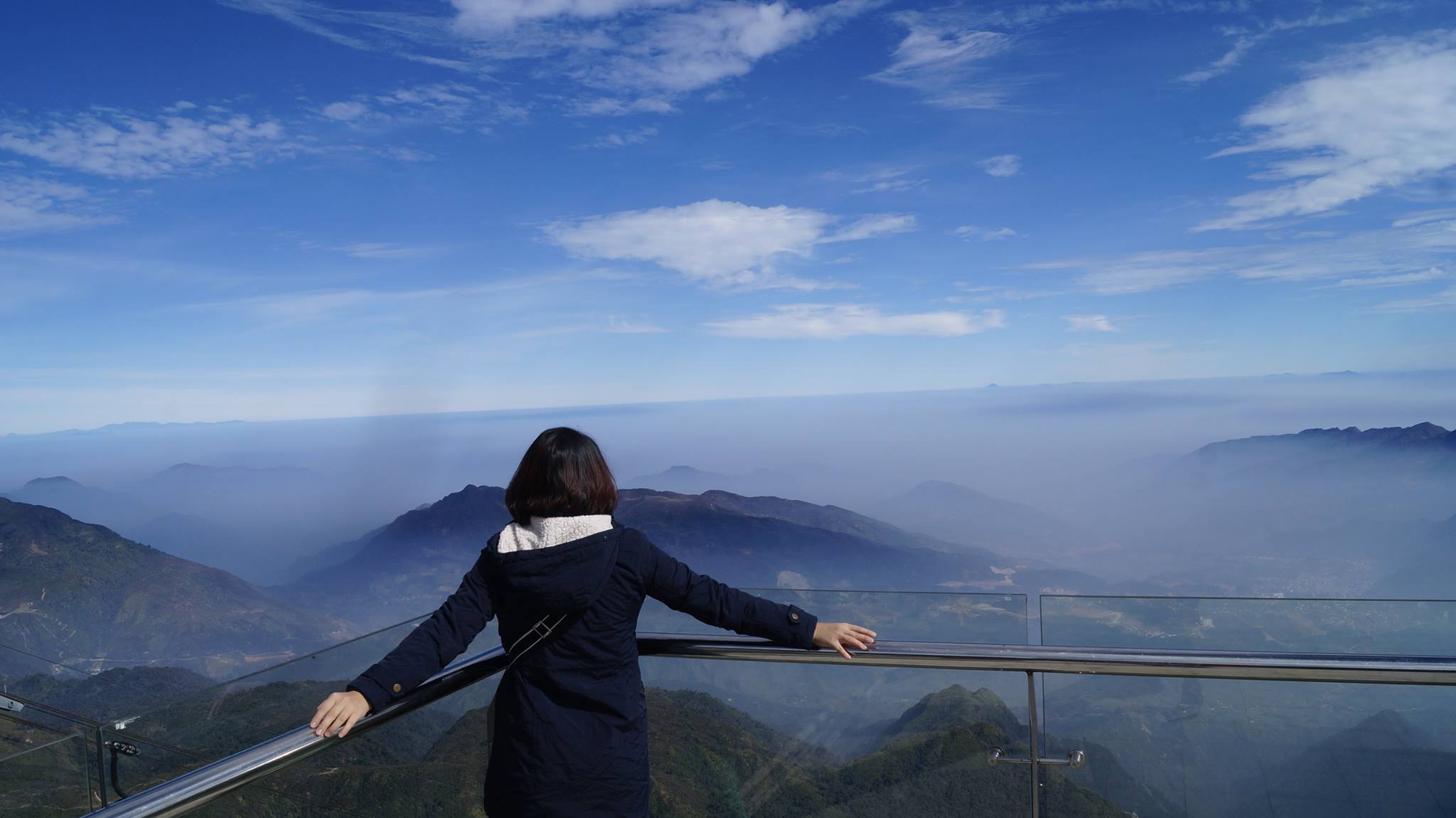
Planning Trip to Vietnam
Hanoi is the capital, and the second largest city of Vietnam. It is fast-growing, and rich with history, culture, and architecture. One can find Sino and French influences in the landscape, and food in Hanoi.
Visa
Traveling to Vietnam has become relatively easy. One can simply obtain an e-visa. Citizens of 80 countries can visit Vietnam using such e-visa. Additionally, citizens of Germany, France, South Korea, Japan, and twenty other countries do not need a visa to enter Vietnam.
Reaching Hanoi
Most people fly to Noi Bai International Airport (HAN), located 35-40kms north of the city. Then, taxi is the most convenient way to get to city center, where most of the hotels are located. To order a cab, one can simply get outside of the airport terminal. There would be a long queue of taxis. Another way is to order a taxi on Grab, a popular ride-hailing platform in Southeast Asia. Make sure that you have the app set up on your smart phone in advance. The taxi cost should be 250,000VND - 500,000VND(or $10-$22). Remember to negotiate with the driver if you do not use Grab, or think that they overcharge you.
Staying in Hanoi
There are many choices of hotels in Hanoi. Many are located in the old quarters area. Staying in this area is very convenient because most of tourist attractions are within walking distance. Following are great options in the old quarters:- ● Hotel de l’Opera Hanoi
- ● Sofitel Legend Metropole Hanoi
- ● Apricot Hotel
- ● Hilton Hanoi Opera
- ● Somerset Grand Hanoi
Another excellent option is Airbnb.
What to do in Hanoi
Sightseeing: There are many historical sights in the city. My favorites are Quoc Tu Giam (A Confucian Temple in Vietnam), Đền Ngọc Sơn (or Temple of the Jade Mountain), The Museum of Ethnology, Pho Co (The Old Quarter), the neo-Gothic Hanoi Grand Cathedral (St. Joseph's Cathedral), Hoa Lo prison.
Food: One can find many different types of cuisines in Hanoi. The Old Quarter has many mom and pop stores that are traditional food establishments. For example, Bun Cha Hang Manh (Vietnamese meatballs with vermicelli on Hang Manh Street), or Phở Thìn Lò Đúc (13 Lò Đúc Street) are go-to places. Food tours are also a great way to have a taste of as many Hanoian dishes at famous establishments.
Shows:
- ● Watch Lang Toi, a contemporary dance with bamboos.
- ● Watch the famous water puppet show. The puppet theatre in Old Quarter is a real highlight of a trip to Hanoi.
Day Trips From Hanoi
In the Old Quarter in Hanoi, one can find many tour companies that offer day trips outside of the city. My favorite are as follows:
- ● Tam Coc Ninh Binh
- ● Ha Long Bay
- ● Ha Giang
- ● Moc Chau
- ● Làng Gốm Bát Tràng - Bat Trang Ceramic Village
Further North
Sapa is a great place to visit in the winter. It is a small mountain town near the border of China. Home to the highest peak in Indochina, Fansipan, it is a must see place for those who like hiking, and expericing the Hmong ethnic culture in northern Vietnam.


To The Central
Hue, Hoi-an, Da-Nang are the must-visit cities in central Vietnam. Hue was the capital city during the Nguyen Dynasty. Here one still finds the Nguyen's royal architecture in tact. The food is exceptional. Hoi An was one of the most important trading ports in Vietnam from the 15th to the 19th century. Da Nang in contrast is one of the most dynamic, and fastest growing cities in contemporary Vietnam. This triad of cities in Central Vietnam offers history, excitement, as well as relaxation.


Further South
Da Lat, Sai Gon offer a big contrast to northern, and central Vietnamese landscapes. Da Lat is a hill station, where one can still find many beautiful French villas, while Sai Gon, the biggest city in Vietnam is full of energy, dynamisim, and welcoming people. In many ways, Sai Gon embodies youthfulness, and openness of contemporary, post-war, and globalizing Vietnam. Street foods in both places are simply mouth-watering.


Mekong Delta, Phu Quoc Island provide a complete picture of a diverse landscape, and culture in the southern tip of the Indochinese Peninsula.

